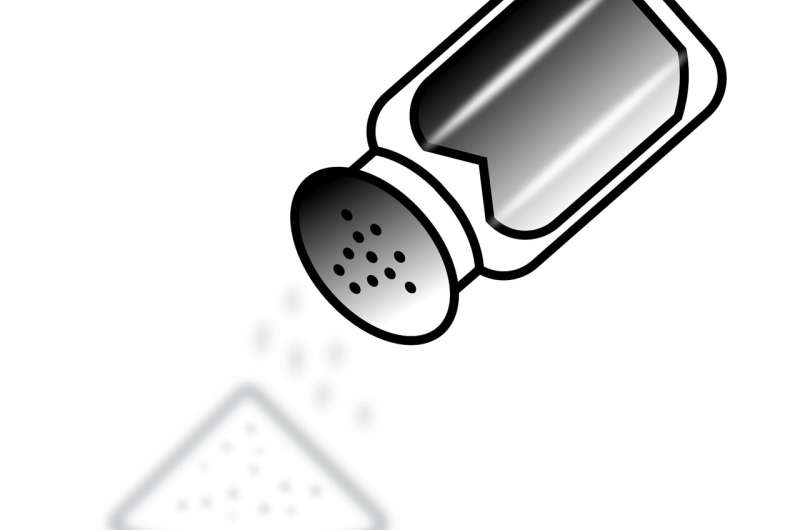Home » Health News »
Delayed US sodium targets may cost 250,000 lives

Last October, the U.S. Food and Drug Administration (FDA) finalized a set of short-term, voluntary goals for lowering salt levels in foods—five years after they were proposed in 2016. A new study published today in Hypertension—a journal published by the American Heart Association—involving Queen Mary University of London researchers shows the delay cost thousands of lives and concluded that if the food and restaurant industries would have adopted the lower salt levels presented in FDA’s proposed two-year and 10-year targets on schedule, as many as 265,000 lives could have been saved between 2017 and 2031.
World Action on Salt, Sugar and Health (WASSH) warn of similar unnecessary deaths in the UK if industry compliance with the Office for Health Improvement and Disparities voluntary salt targets is not monitored and enforced.
Experts have estimated that high salt intake causes as many as 100,000 deaths from heart disease and stroke each year in the United States. Reducing the current average intake of 8.5g/day to 6g/day has been estimated to save $18 billion in health care costs and reduce the number of high blood pressure cases by 11 million annually. Lowering salt in packaged and prepared foods in the American diet has been proven to protect against high blood pressure, a major cause of strokes, heart attacks, and kidney disease.
Graham A. MacGregor, Professor of Cardiovascular Medicine at Queen Mary University of London and Chairman of WASSH said: “This study shows how vital it is for governments to take strong measures to lower salt as soon as possible. The months and years most governments have taken to lower salt is causing many thousands of unnecessary and premature deaths every year.”
Tom Frieden, President and CEO of Resolve to Save Lives said: “Reducing salt in the food supply can help reduce the rates of hypertension and cardiovascular disease—particularly among those who are disproportionately burdened by these conditions. These modest changes will save hundreds of thousands of lives and billions in annual health care costs. The FDA must fully commit to fast-tracked implementation of the new targets and track industry progress.”
While FDA’s delay caused many deaths, the Hypertension study estimates that gradually reducing salt intake to the recommended levels will save about 446,000 lives between 2021 and 2031, notwithstanding the delay in setting targets.
FDA’s salt goals aim to lower average daily salt intake by about one-third, from the current 8.5g/day to 6g/day. About three-fourths of that salt comes from packaged and prepared foods. Another 13 percent is naturally present, with the rest coming from salt added in cooking, at the table, and through water and dietary supplements.
Many national governments, including those in Turkey, South Africa, and Brazil, have set legal limits on salt in key foods. Other countries, including Chile, Mexico, and Israel, require disclosures on the front labels of foods high in salt (as well as calories, saturated fat and refined sugars). In May 2021, the World Health Organization set new salt benchmarks for more than 64 categories of foods and beverages to guide health authorities in its 194 member states to reduce global salt consumption.
Source: Read Full Article



